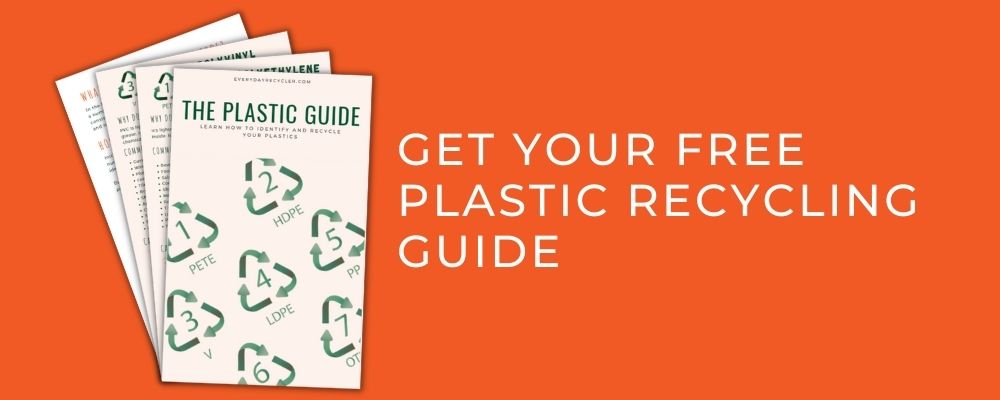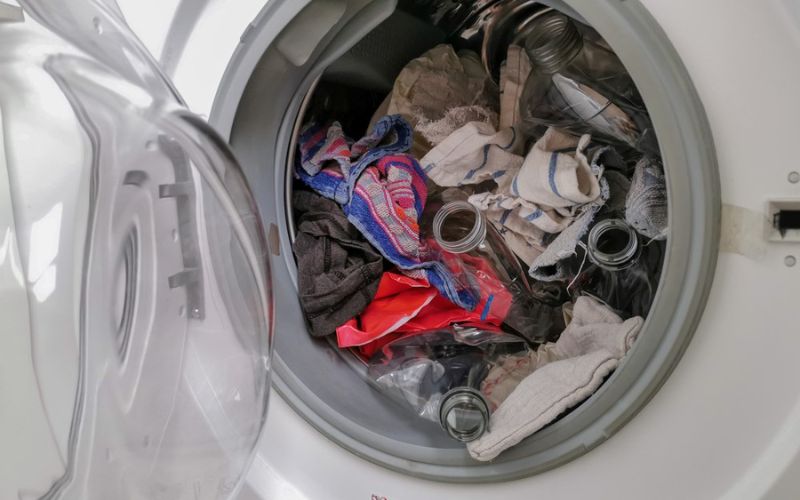By Jacob Larkin, Marketing Coordinator, Lanes Group
Microplastics are one of the most pressing environmental risks we currently face. The term ‘microplastic’ describes any plastic fragment that measures less than 5mm in length, and the spread of plastic products in our everyday lives means that there are now trillions of microplastic particles in our environment. It may surprise you to learn that one of the largest sources is microplastics in laundry.
They are often created when larger plastic items disintegrate, including packaging products, cosmetics, car tires, and even road markings. Because these elements are so commonplace in our everyday lives, it’s vital that we find creative solutions to curb the spread of microplastics – not least because of the current scale of the problem.
It’s estimated that there are a total of 51 trillion pieces of microplastic in the ocean, as well as 25 trillion pieces of larger plastic. Estimates from the United Nations Environment Assembly suggest that up to a further 12.7 million tonnes of plastic are added each year. The resulting plastic fragments can make their way into our food, drinking water, and even the air that we breathe.
For these reasons, it is vital for governments, businesses, and people to take action and curb the spread of microplastics.
It may surprise you to learn that one of the largest sources of environmental microplastic is laundry. Here, the experts at Lanes Group will explain why laundry is such a significant source of microplastic, what you can do to reduce the microplastic in your own laundry, and the steps we all need to take to fight back against plastic pollution.

How much of a problem are microplastics in laundry?
Much more microplastic comes from laundry than you might expect. Based on current estimates, more than 35% of the microplastic currently floating in the ocean comes from laundry, which would make this the largest single source of plastic in the ocean. Moreover, the total volume of plastic might far exceed the 51 trillion estimate, given that microplastics are sometimes too small for scientists to accurately measure.
How does laundry create so much plastic? The answer is that many of our clothes are now made from plastic-based fabrics like nylon, polyester, and others, and all of these materials can shed plastic microfibres when they are washed. Estimates by Electrolux suggest that each load of washing may release up to 700,000 microfibres, and as the wastewater from your washing machine flows away, it carries these fibers to sewage treatment plants.
Water treatment processes have been shown to be effective at removing up to 99.9% of microplastic particles in some cases, despite not having been designed for this purpose. However, the sheer scale of the problem means that even a fraction of 1% still represents a large volume of microplastic entering the environment on a daily basis. Efforts must be made to address this problem and reduce the amount of plastic in our ocean, to avoid the potentially serious negative consequences.

What are the consequences of environmental plastic?
Plastic is proven to have extremely negative effects on wildlife and their habitats. Animals often eat plastic when it infiltrates their ecosystems, which creates a misleading sense that they are full. If animals eat enough plastic, this can result in malnutrition, extreme weakness, and premature death. Whales, turtles, fish, and other animals have died from eating plastic, and the problem will continue to get worse until we curb plastic pollution in our environment.
Microplastics affect not only animals in this way, but people, too. Microplastic fragments can move around the body and have been found in the brains of fish and the kidneys and hearts of rats. This means that if animals that are used for human consumption eat or drink plastic, it can quickly end up in our food. In fact, this is not the only source of plastic in our food – it can come from plastic packaging, or be found in water that is used to make certain products. It’s estimated that the average person eats up to 5 grams of plastic every week.
The human health implications of consuming this much plastic are not clear, but given that plastic can harbor bacteria, it is vital that we take every step to reduce how much we consume. Studies suggest that there are no urgent causes for concern, but it’s important that we tackle the problem of microplastics before it gets worse.
What can we do to combat microplastics from laundry?
Governments and businesses have the greatest responsibility to combat plastic pollution, but it’s essential for all of us to take meaningful action. For this reason, we at Lanes Group initiated our Microplastics Out of Our Drains (MOOD) campaign to encourage industry stakeholders in the United Kingdom to reduce their collective contribution to the plastic pollution problem.
We are campaigning for washing machine manufacturers to install microplastic filters in all models as standard, to stop plastic particles from flowing into our oceans. It is essential that governments implement new legislation to enforce this and support these efforts.
Thankfully, until these stakeholders take action, there are steps that individuals can take to slow the spread of plastic pollution.
- The most cost-effective solution is to purchase a microplastic catcher for your washing machine. This is a protective bag that reduces abrasion during a washing cycle to limit the release of plastic fibers, and captures these particles inside the bag itself so they cannot flow into your drainage system.
- You can also buy a microplastic filter of the type we are encouraging washing machine manufacturers to install, and have it fitted in your machine to further limit how much plastic your laundry releases.
You can also make a meaningful impact in other ways, without needing to spend money. For example:
- Wait until you have a full load of laundry before running a cycle.
- Decrease the amount of water you use in each wash.
- Wash in cold water when you can.
- Use washing liquid instead of powder as it creates less friction between the clothes.
These steps will not only help you to save money, but will reduce the abrasion to which your clothes are exposed and result in fewer microfibres being released.
Until washing machine manufacturers recognize the need to install microplastic filters as standard, we must all take steps to combat microplastic however we can. By following these easy steps, we can tackle one of the biggest contributors to microplastic in the environment, and enable our ecosystems to recover from the damage caused by plastic pollution.
If you want to take action and lend your support to get microplastics don’t forget to head to the Microplastics Out of Our Drains (MOOD) campaign to learn more about microplastics and Lanes Group campaign. Supporting this campaign will help encourage change globally however if you live in the United States or Canada and are looking for something more local take a look at the Ocean Clean Wash.














